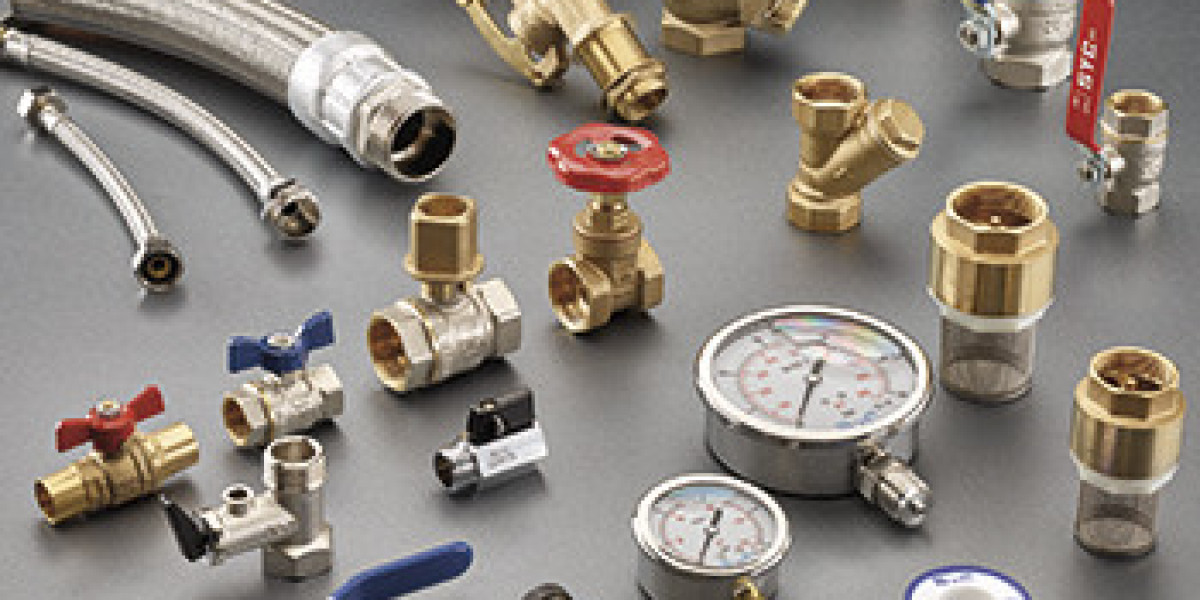brass 3 way valve is a highly functional and versatile valve designed to regulate, mix, or divert the flow of fluids in a piping system. Unlike standard two-way valves that allow fluid to flow in only one direction (in and out), a brass 3-way valve has three ports, enabling it to control flow in more complex configurations. Its durable brass construction makes it suitable for a wide range of applications involving water, gas, oil, and other non-corrosive media.
What Is a Brass 3-Way Valve?
A brass 3-way valve is a flow-control device featuring three ports or openings, typically labeled as A, B, and C. The valve body is made of brass, which is resistant to corrosion and suitable for use with both hot and cold fluids. It is commonly used to divert flow from one inlet to two outlets, mix two inlets into one outlet, or alternate flow paths.
There are two main types of brass 3-way valves:
T-Port (Diverting): Directs flow from one port to two different outlets.
L-Port (Mixing or Switching): Allows selective flow between two ports while blocking the third.
Features of a Brass 3-Way Valve
Corrosion-Resistant Brass Body: Suitable for use with water, oil, air, and mild chemicals.
Multi-Directional Flow Control: Ideal for mixing, diverting, or switching fluid directions.
Quarter-Turn or Lever Operation: Simple manual control with visual alignment indicators.
Compact and Sturdy Design: Fits easily in tight spaces while offering robust performance.
Seal Options: Available with PTFE or rubber seals for enhanced leak resistance.
Advantages of a Brass 3-Way Valve
Versatility: One brass 3-way valve can replace multiple standard valves in complex piping systems.
Ease of Use: Quick manual or automatic operation makes it user-friendly in various settings.
Durability: Brass is resistant to wear, corrosion, and temperature variations.
Reduced System Complexity: Simplifies piping layouts and reduces the number of fittings required.
Low Maintenance: Long service life with minimal servicing or part replacement.
Applications of Brass 3-Way Valves
Thanks to their flexibility, brass 3-way valves are widely used in:
Heating and Cooling Systems (HVAC): To mix or divert hot and cold water for temperature regulation.
Irrigation Systems: To direct water to multiple zones or switch between sources.
Industrial Equipment: For controlling chemical flow or cooling processes.
Oil and Gas Systems: In fuel switching, mixing, or shut-off operations.
Automated Systems: Used with actuators in smart fluid control systems.
Choosing the Right Brass 3-Way Valve
When selecting a brass 3-way valve, consider the following factors:
Flow Configuration (T-port or L-port)
Pressure and Temperature Ratings
Thread Type and Size
Manual or Automated Control
Seal Material Compatibility with Media
Conclusion
A brass 3-way valve is a reliable and adaptable solution for fluid control in systems requiring directional changes, mixing, or distribution. Its brass construction ensures resistance to corrosion, high durability, and suitability across many industries. Whether you’re working on a residential plumbing upgrade, an HVAC setup, or an industrial application, a brass 3-way valve offers the performance and versatility to meet your flow control needs efficiently.








